Car review: Jaguar iPace gives you grace, space and pace
Jaguar’s contribution to the electric market is everything you’d expect from a £65,000 car. Unfortunately, discovers Sean O’Grady, there’s one important, ‘intimate’ problem...
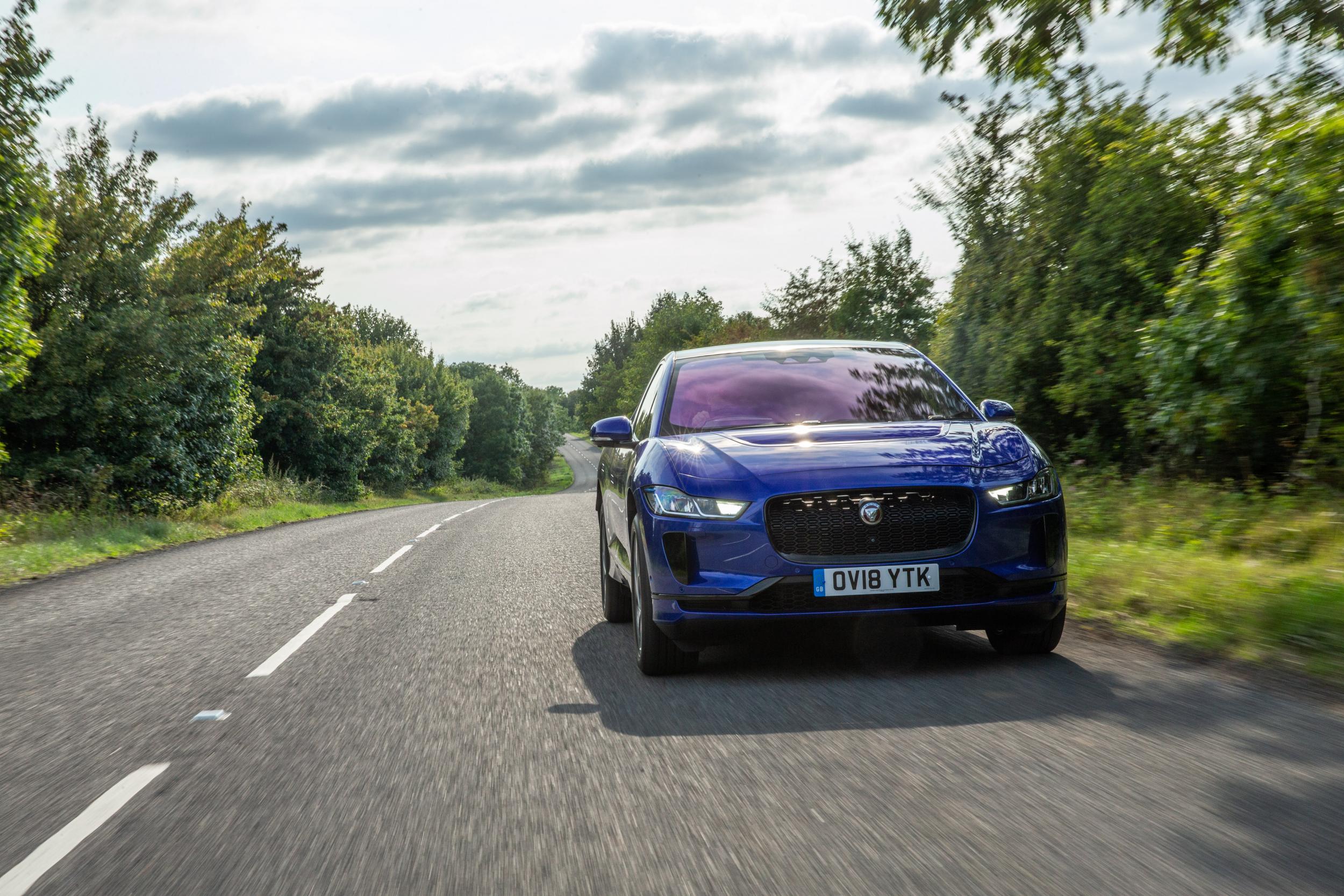
The customer care adviser on the end of the line, somewhere in Gloucestershire, couldn’t have been nicer. At the third failed attempt of using an Ecotricity very fast (“CCS”) charger to put some watts back into the battery-powered, and excellent, Jaguar iPace, I set aside my male pride and rang the number.
The first time, about eight in the morning, the office wasn’t open, which isn’t really the 24/7 service you’d expect. By the time I’d got through I’d given up on the fast charging and opted for the type that would take about an hour to give you another 10 miles-worth of range. With a gigantic battery pack, the Jaguar would have taken more than day to fully charge at that rate – and there really isn’t that much to do at M1 Newport Pagnell Southbound.
“We’ve had an intimate issue with Jaguar”, the customer care adviser advised me, with care. “Sorry? Intimate? How do you mean?” (You fear the worst.) “Yes, there’s an intermittent fault with Jaguar and also the Hyundai Kona.” She was charm itself, and I didn’t think it was any of her fault so I didn’t do the usual thing and start yelling down the phone about being late for work. She then suggested a bit of a palaver of turning the car on and off again and so on which might solve the problem, but by that time I had (1) done all that already and (2) it was too late as I’d topped up on the slow charger, with just enough power to get e to work. The Ecotricity app didn’t always want to respond either.
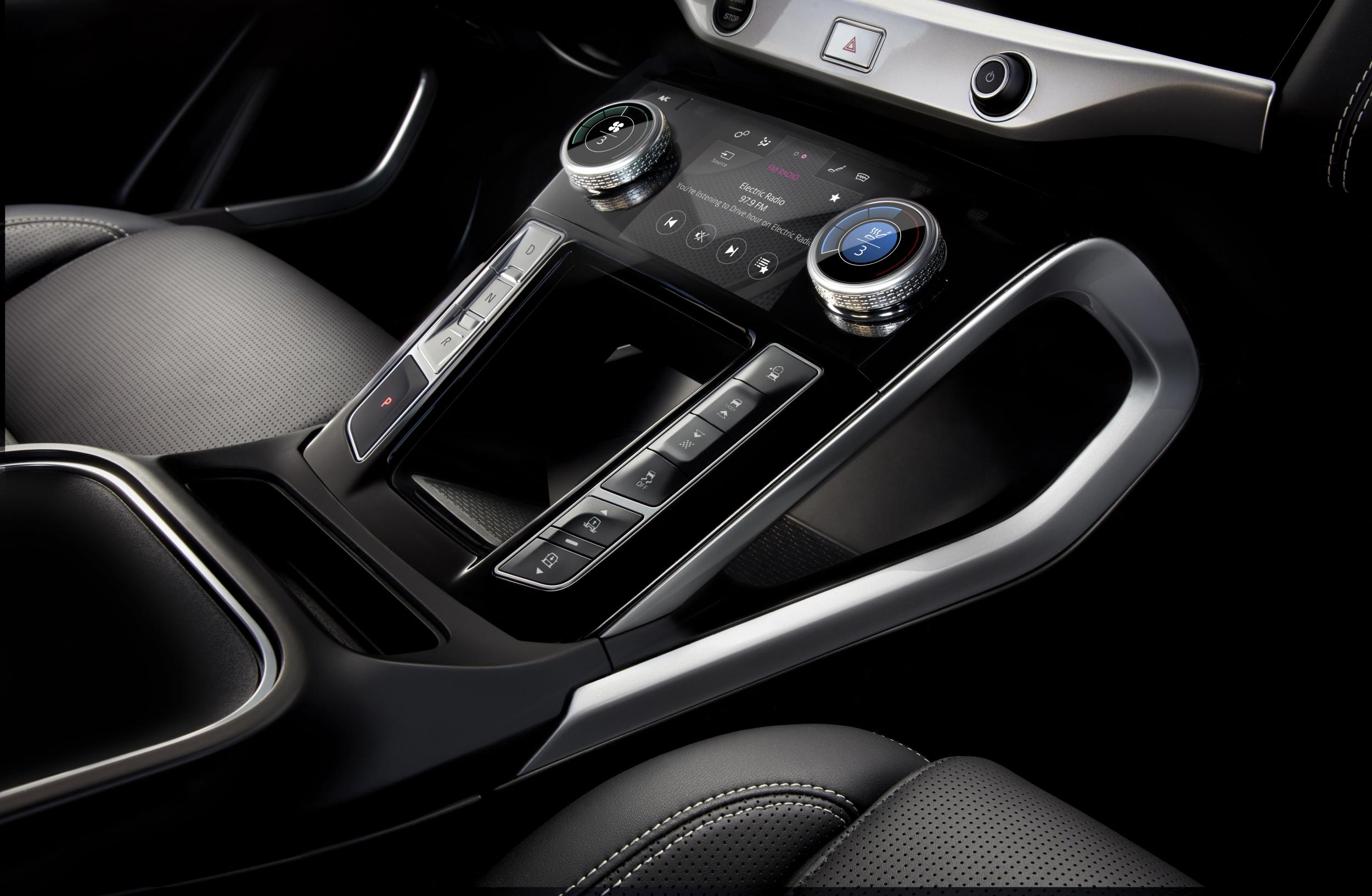
Anyway instead of getting say 80 miles extra range for a 45-minute stint I got about 20, and counted myself lucky. You see, if you break down (ie run out of power) in an electric car they can’t just fill it up on the spot with a mobile charger (yet), nor can they just tow it away. It has to be trailered off, which is a much more elaborate procedure, and one that you don’t want to be doing on those long stretches of the British motorway system where the hard shoulder has been abolished. Indeed one day, when the great majority of cars are electric, they may need to bring the hard shoulder back.
But when will the vast majority of cars be electric? Not for a while, given the hit-and-miss charging network. Of course the normal routine is to charge at home via a subsidised box, but sometimes you’ll need to charge away from base, and in a hurry. You don’t want to be service-station-hopping until you find an Ecotricity (or other supplier) that works.
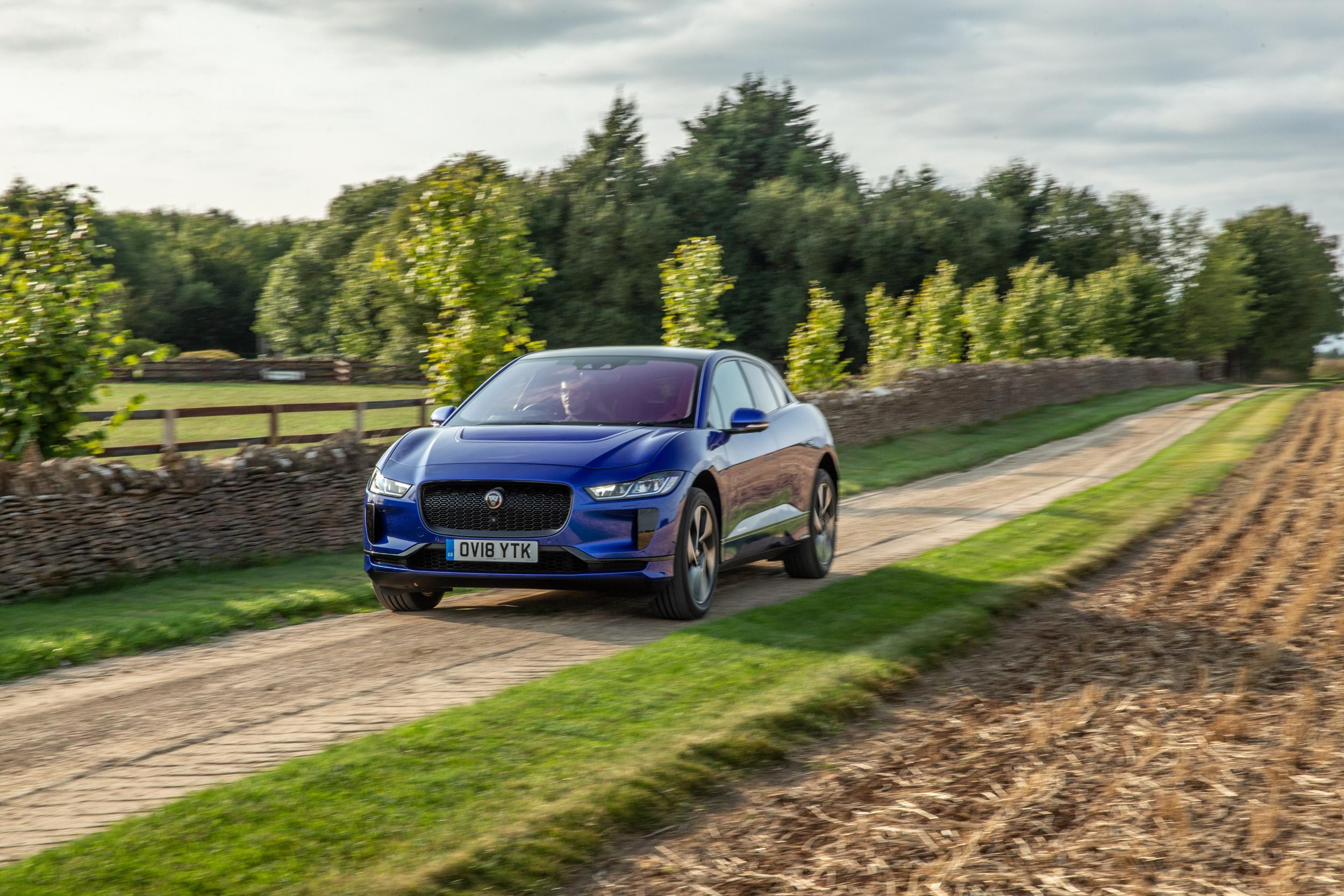
So this Ecotricity thing is a problem, because they seem to have a monopoly on the fast and very fast chargers located in motorway service station car parks. Other suppliers, such as Polar, are a little way off the network, in hotels and restaurant car parks, so not so convenient.
The spec
Jaguar iPace Price: £66,995 as tested (from £60,995 after £3,500 govt grant)Motor: 2 x electric ; 1-sp auto; 4-wheel drivePower output (PS): 400Battery capacity: 90kWhTop speed (mph): 1240-60mph (seconds): 4.5 secsFuel economy (mpg): n/aRange: 258 milesCO2 emissions (g/km): 0
This is a new variation on the old problem of “range anxiety”, which of course you don’t get in an internal combustion engined vehicle or a hybrid, where fuelling up is simple, fast and risk free. It is, in other words, very hard to be inconvenienced by getting some petrol, but quite easy to experience hassle when attempting to use the public electric car networks. This inhibits the already tardy adoption of electric cars, reduces the chances of the UK being a centre of the usage and, possibly, development and production, and makes meeting the 2050 target on carbon neutrality that little bit more difficult. In all cases harder driving and winter temperatures will hurt economy.
So that’s the shortcomings of the network dealt with. How’s the Jag?
Pretty good, I’d say. It’s a fairly advanced piece of kit, but it doesn’t offer you the absolute maximum range of miles per unit of electricity used, nor the widest absolute range. That honour, for the moment, goes to the near-siblings the Kia e-Niro and the Hyundai Kona EV. Even though the Jaguar’s battery pack is about 50 per cent larger than, say, the Kia, the Jaguar is also much heavier – about 2.2 tonnes to the Kia’s 1.7 tonnes.
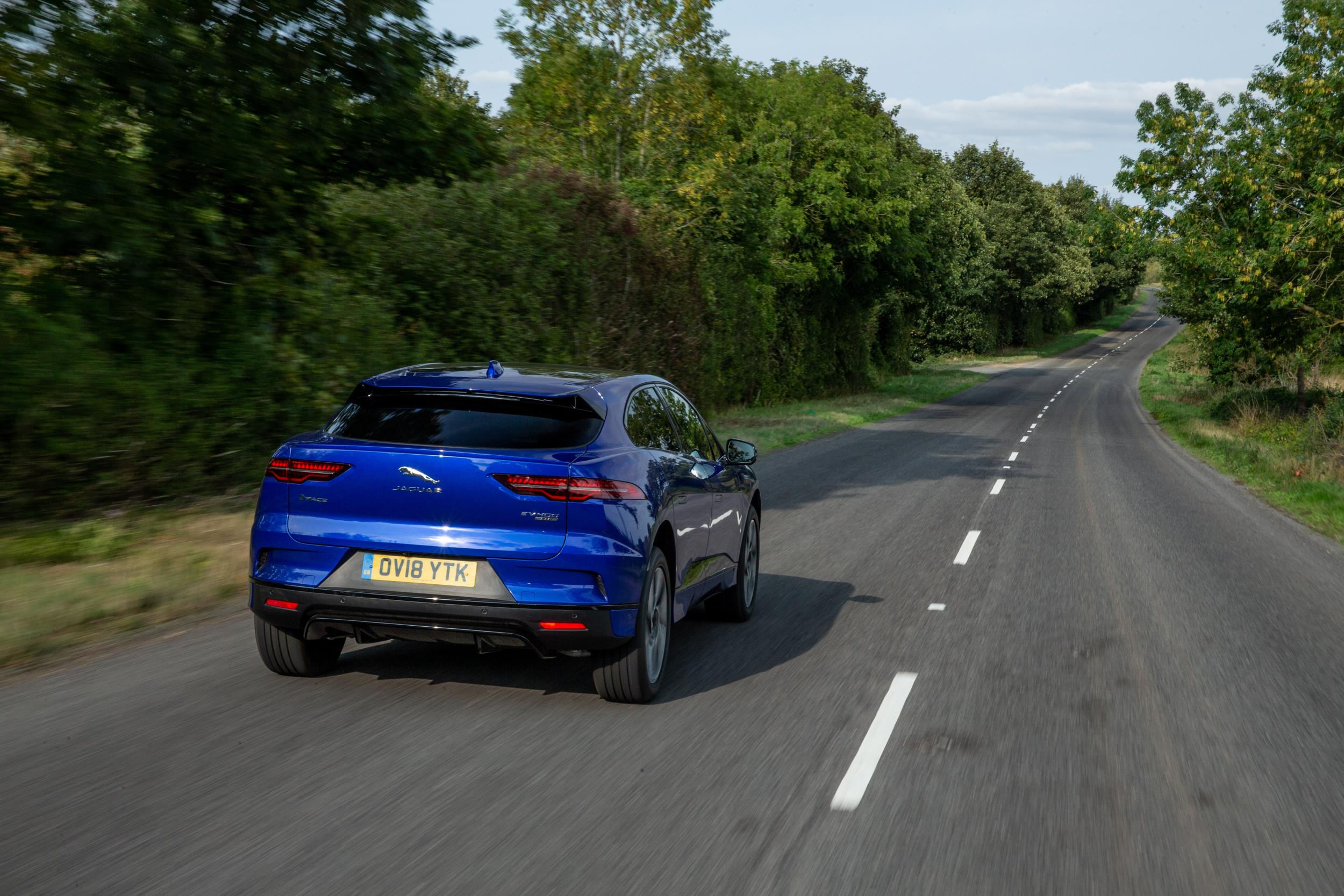
The Jaguar, as you’d expect, has plenty of luxury and extra kit on board, such as the motors for the electric seats, plus two electric motors and extra mechanical bits for its four-wheel drive system. It is also geared more towards performance – supercar acceleration from rest, in fact – and acceleration, to the detriment of economy (though the Jaguar does have an ECO mode that helps you eke things out if you’re batteries are running low).
Even allowing for all of that, the South Koreans’ technology might still be better at extracting more miles from any given quantity of electric charge. The basic, practical point though is that you can probably get about 250 miles out of an iPace and nearer to 280 miles out of the Kia (depending on the options and wheels/tyres fitted to the respective vehicles).
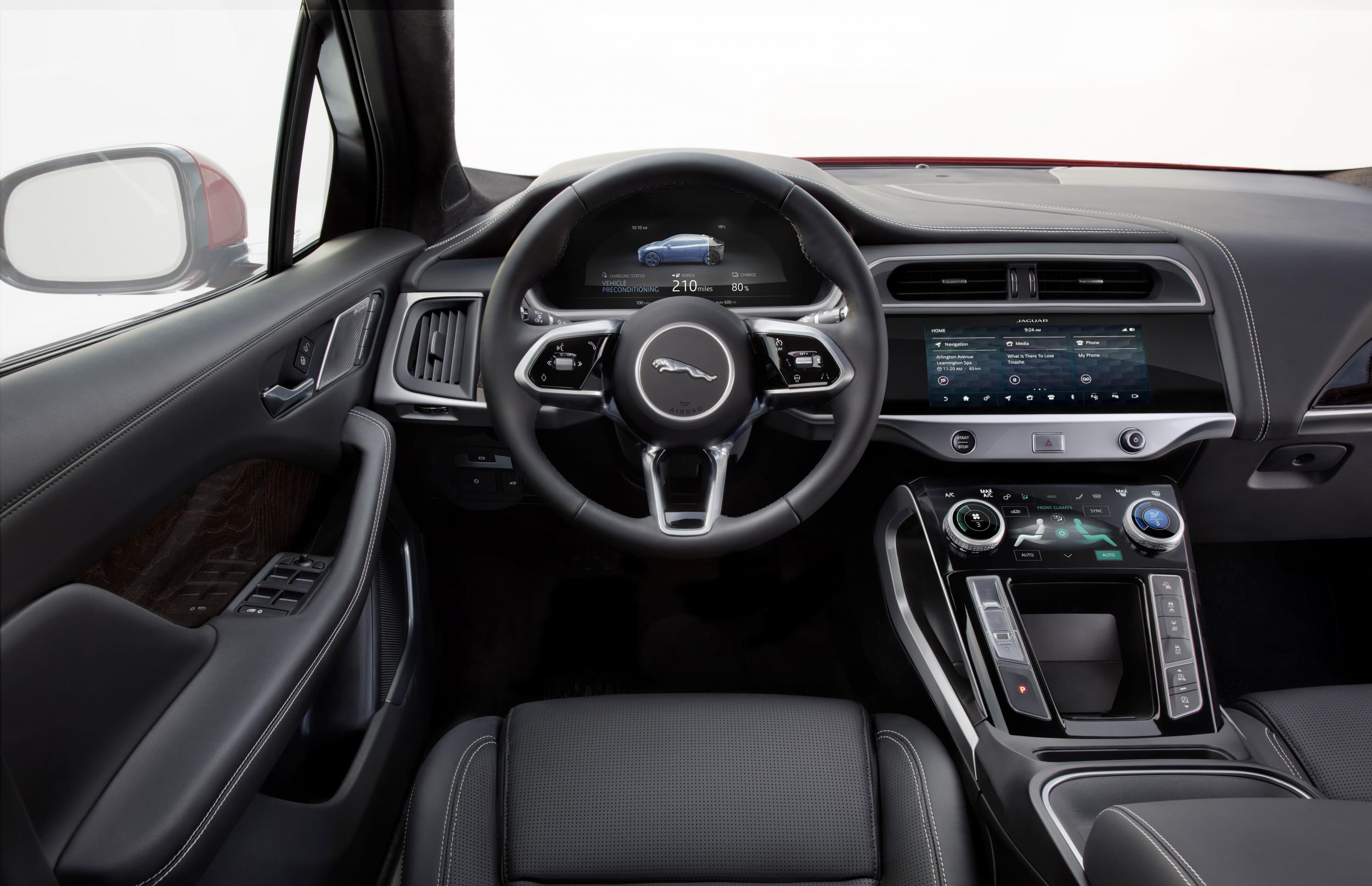
The Jaguar’s electronics give you extremely accurate read-outs on your remaining range, and the satnav is set up to take you to the neatest charging station – but won’t tell you if it’s out of order of course (you need the Zap map app for that). The Kia and Hyundai are also about half the price of the Jaguar, lack the prestige badge and aura, and of course the iPace is made in Britain, if that matters to anyone these days.
The Jaguar is, though, also an extremely refined, comfortable and sporty alternative to the very upmarket Tesla. In fact, as a sporty, all-wheel drive, pure battery-electric-powered coupé it pretty much has the market segment to itself at the moment, a little niche rather like the one its cousin the Range Rover Evoque opened up in the petrol/diesel end of the scene.
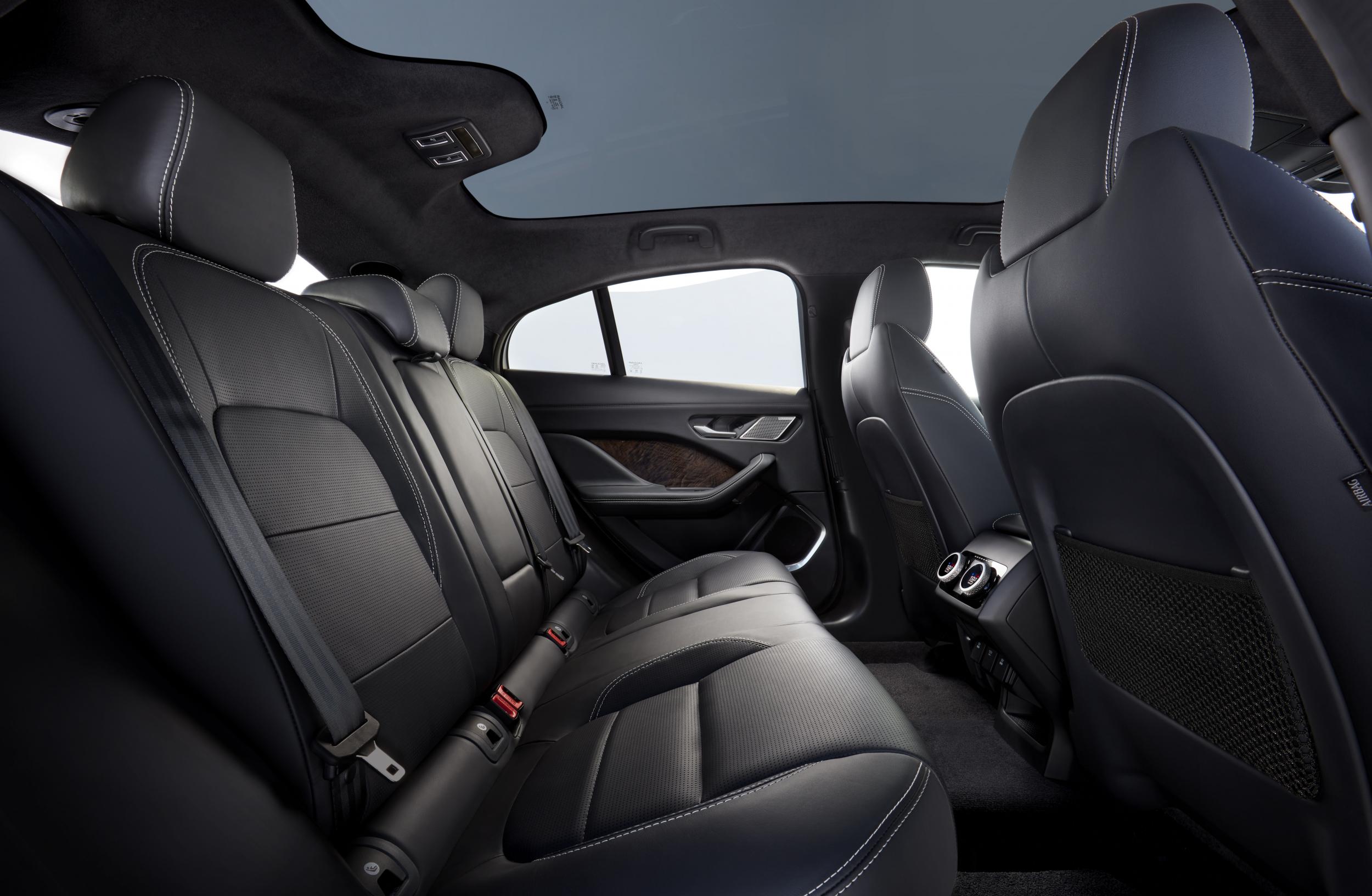
The Jaguar has a unique styling not shared with its SUV relatives, the E-Pace and F-Pace, and it works well, sitting rather lower to the ground. Accommodation at the front of the cabin is good, the rear seats aren’t bad and the boot is perfectly acceptable, given the need to stow all those lap top batteries somewhere. The interior is swathed in tasteful off-white leather and black piano finished wood, with a fine easy-to-use touchscreen and a satnav that allows you to search (successfully) by anything – postcode, street name, bank branch and so on.
For about £65,000 a customer is entitled to a car that delivers all the old Jaguar virtues – “grace, pace, space” – and so the iPace does. It’s just the relationship with Ecotricity CCS chargers that gets in the way, pathetically. I can’t fault it as a car, but the charging points…? Just imagine how annoying it would be if, every time you tried to pump petrol or diesel into your car the nozzle would or wouldn’t fit into the fuel tank, depending on what mood either or both of the two parties concerned were in. The docking is just too unreliable, and stressful. Maybe they were right about the “intimate” nature of the problem.
Join our commenting forum
Join thought-provoking conversations, follow other Independent readers and see their replies
Comments
Bookmark popover
Removed from bookmarks